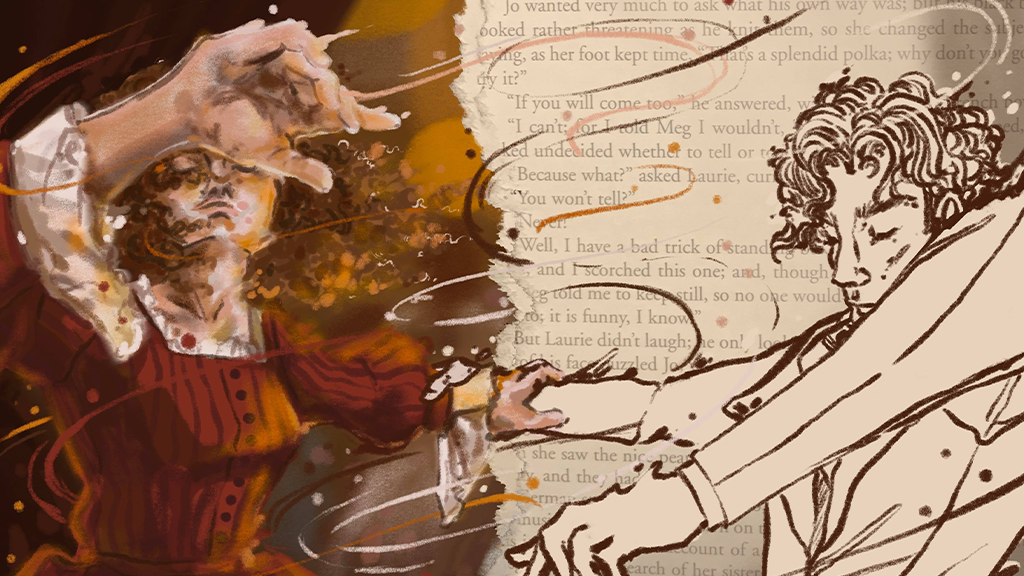"Little Women": A Review and Comparison
by Molly Kimber | published Oct. 12th, 2020
Catching up on movies and novels during quarantine? Is "Little Women" and its film adaptation worth your time? Spoilers ahead!
The Plot
As children, we dream what it’s like to be grown up. The same is true with the March sisters: Meg, Jo, Beth and Amy. Each of the girls have their own dreams that they wish to live as women. But, do they get to live them?
‘Little Women’ is a wish-fulfillment-versus-reality kind of story. Meg’s head is turned by rich, pretty things and these temptations have her wanting to be a part of that life. Sharp-tongued Jo aspires to be a published writer, well known for her literary work. Timid Beth only wishes to play her child-sized piano, while Amy wants to paint everyday and become a renowned painter living in Paris. As girls, the sisters made personalized paradises where they live these dreams as grown women. However, these dreams soon change as the sisters grow up.
As a whole, the novel "Little Women" is a comical coming-of-age where the March sisters must accept their realities. It became a film in 2019, casting many well-known actors including Emma Watson, Laura Dern, Meryl Streep, Saoirse Ronan and Timothée Chalamet. Is one version better than the other?
Book vs Film
Both the film and the novel follow the same plot line, but the film does a better job telling the story.
The film has more humor than the novel, making light of the hardships the March family needs to overcome. It has us celebrating the accomplishments of the March sisters, laughing at their silly mishaps and crying at their losses. This makes the film entertaining.
The novel acts like a moral guide for readers. The girls’ mother is a constant agitator testing their moral strengths and weaknesses. Most of the time, Mrs. March sets the girls up for failure so that they might learn from their mistakes and shortcomings. The girls of course learn from these lessons but at great costs, with some instances ending up with near food-poisoning and others with the death of Beth’s beloved little parakeet.
The film is a modern take on the novel written in 1868. The female characters are more independent, stronger and outspoken in the movie.
In the novel, Meg attends a school teaching her how to be a wife and mother. This is not present in the film.
Jo’s character is also significantly more developed in the film. She takes writing more seriously and it becomes her method of being an independent woman. Jo has a greater passion for writing as seen in her creative and fun plays that she and her sisters put on. Her personality is also more outspoken.
Amy, on the other hand, is more lively. She has creative bursts of artwork, with one of them ending with her foot stuck in a bucket filled with plaster.
Beth’s character in the film is more grown up. She doesn’t play with dolls as in the book.
Moving to Mr. March — in the books, he is the head of the house and makes all the decisions for the girls upon his return from war. This is unlike the film where Mrs. March has an equal say in family decisions. She plays a strong mother role.
In comparison to the film, the novel fell a little flat. A reasoning for this is the difference in when the novel was written and when the film was released. The style in storytelling and characteristics has changed over time and are apparent when comparing the two. Of course, both are still enjoyable!
The film’s themes are the same as the ones in the novel. One theme that stood out more in the film and less in the novel is what it means to be a woman. Each March sister represents a different meaning to the word ‘woman’ that makes the viewer truly stop and reflect.
The film is an amazing recreation of the novel, and I argue that the film is better. People should watch the film because in so many ways, we are all little women — men included — trying to live our own dreams.



